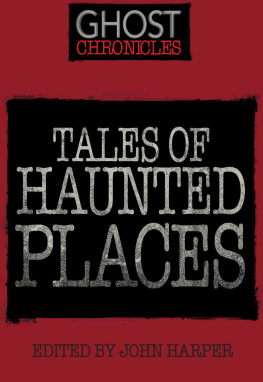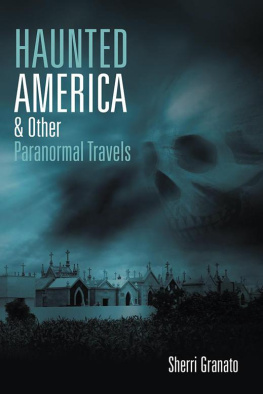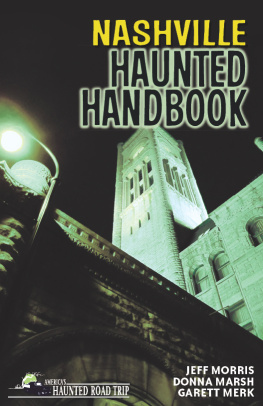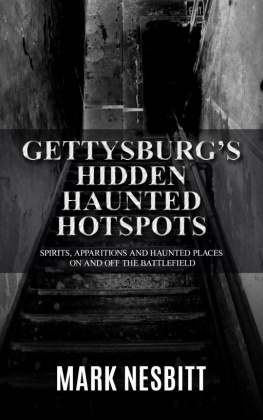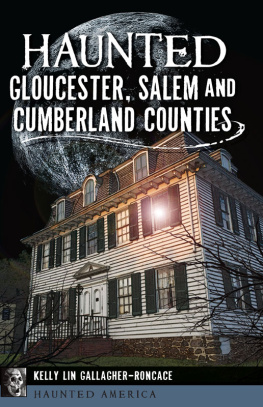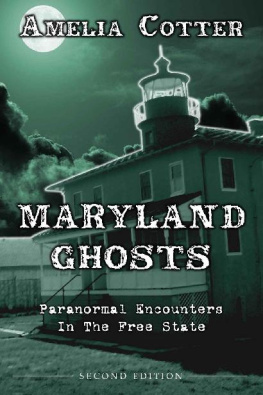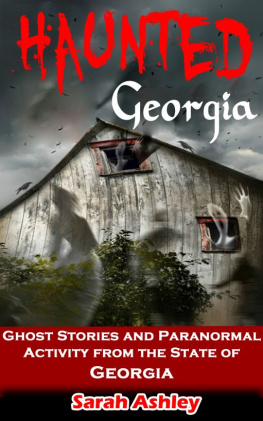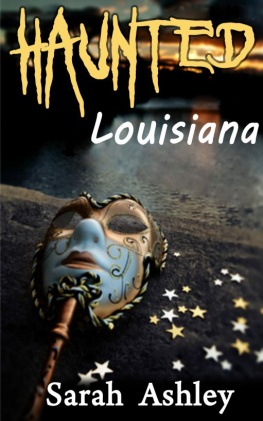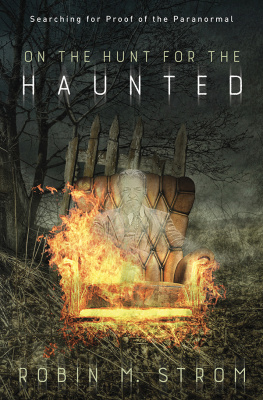On the evening of June 9, 1912, the Moore familyJosiah (43), Sarah (39), Herman (11), Katherine (10), Boyd (8), Paul (5)and overnight guests Lena Stillinger (11) and her sister Ina (8) attended a highly anticipated childrens program at the local Presbyterian church. The program ended late, after 9:30 P.M. The town of Villisca was dark. There was no moonlight, and a dispute between the municipal power company and city officials had resulted in the streetlights being turned off.
The Stillinger girls, afraid to walk alone through the darkened streets, telephoned home seeking permission to stay with the Moores. The family and their young guests made their way home and settled into bed sometime around 10 P.M. When the sun came up Monday morning, a neighbor doing her wash noticed how unusually still the Moore house was. By the time the clock struck 7 A.M., curiosity turned to concern and she telephoned Ross Moore, Josiahs brother.
Ross telephoned the house. Getting no answer, he called his brothers store to find he had not yet arrived at work. Growing more concerned by the minute, Ross made haste to the Moore house. Along with the neighbor, Ross circled the house, calling out to his brothers family, looking for any signs of life.
At 8:30 Ross pulled out his keys and opened the locked door. Once inside he made his way through the kitchen and parlor toward the downstairs bedroom. Almost immediately, he was confronted by the horrific sight of two bloody and lifeless figures lying in the small single bed in the downstairs sewing room.
Ross stopped and immediately called Villisca marshal Hank Horton, who arrived promptly to investigate. Once inside, Horton methodically went through the tiny house of horrors.
Theres someone murdered in every bed! he exclaimed in disbelief.
THE BERKLEY PUBLISHING GROUP
Published by the Penguin Group
Penguin Group (USA) LLC
375 Hudson Street, New York, New York 10014

USA Canada UK Ireland Australia New Zealand India South Africa China
penguin.com
A Penguin Random House Company
This book is an original publication of The Berkley Publishing Group.
Copyright 2014 by Eric Olsen and Theresa Argie.
Penguin supports copyright. Copyright fuels creativity, encourages diverse voices, promotes free speech, and creates a vibrant culture. Thank you for buying an authorized edition of this book and for complying with copyright laws by not reproducing, scanning, or distributing any part of it in any form without permission. You are supporting writers and allowing Penguin to continue to publish books for every reader.
BERKLEY is a registered trademark of Penguin Group (USA) LLC.
The B design is a trademark of Penguin Group (USA) LLC.
eBook ISBN: 978-1-101-63835-4
Library of Congress Cataloging-in-Publication Data
Argie, Theresa, author.
Americas most haunted: the secrets of famous paranormal places / Theresa Argie and Eric Olsen.
pages cm
ISBN 978-0-425-27014-1 (paperback)
1. Haunted placesUnited States. I. Olsen, Eric, 1948 author. II. Title.
BF1472.U6A74 2014 2014009101
133.10973dc23
PUBLISHING HISTORY
Berkley trade paperback edition / October 2014
Cover photo: Shutterstock.
Cover design by Chelsea McGulkin.
Most Berkley books are available at special quantity discounts for bulk purchases for sales promotions, premiums, fund-raising, or educational use. Special books, or book excerpts, can also be created to fit specific needs. For details, write: Special.Markets@us.penguingroup.com.
While the authors has made every effort to provide accurate telephone numbers and Internet addresses at the time of publication, neither the publisher nor the authors assumes any responsibility for errors, or for changes that occur after publication. Further, publisher does not have any control over and does not assume any responsibility for author or third-party websites or their content.
Version_1
ACKNOWLEDGMENTS
Theresa Argie: I want to thank the many people, living and dead, who made this book possible by sharing a story, photograph, experience, or haunted venue with me. Special thanks to my co-author Eric Olsen for bringing out the writer in me; Cathi Weber for sharing in my haunted adventures; Michelle Belanger for inspiring me to find my voice; my mother, Rose, for being my best friend; my beautiful childrenElijah, Karen-Mackay, and Jackfor dealing with my unpredictable moods and odd wardrobe choices; my wonderful and incredibly handsome husband, J, for allowing me to embrace my strange fascinations even though hed prefer less haunted and more housewife; and finally, my grandfather, who quietly sparked the fire that led to my passion for the paranormal.
Eric Olsen: I thank my amazing co-author Theresa Argie, whose knowledge, experience, and insight made the project possible and fun. Thanks to Steve Troha for making it happen, and Danielle Stockley for her deft and delicate editing touch. Special thanks to my patient and supportive wife, Dawn; my children, Kristen, Christopher, Lily, and Alex; and my parents, Ray and Barbara, who really shouldnt have to worry so much about me at this stage of the game.
#10
Willoughby Coal and Garden Center
Willoughby, Ohio
INTRODUCTION
Willoughby Coal is not your typical hauntits a fully operational coal company and hardware store. In an era of super haunts, its refreshing to know that some of the most interesting places, the most haunted places, are little-known local treasures just waiting to be explored. Willoughby Coal represents that one place in every community that only the locals know about, a place so amazing they almost dont want to share it with anyone. But they should.
Before the simple, beautiful Willoughby Coal building of today, a series of other structures and businesses called the property home, including a train depot, a flour mill, a cheese factory, and numerous inns and lodges such as the Zebra Stagecoach House. The Zebra, named for its unusual striped paint job, was destroyed by a fire in 1879.
In 1893, the current building was built for use as a flour mill, well placed between two railroad lines that made it convenient to move product to market. The mill was successful until automation killed it, and a coal company took over in 1912. The Golf-Kirby Coal Company provided essential fuel to the city, CP&Ethe local interurban railroadand the burgeoning Andrew School for Girls.
In the 1930s, Henry Windus and William Don Norris, ambitious employees of Golf-Kirby, joined forces and bought the business. They renamed it Willoughby Coal and Supply, a title it retained until a relatively recent change to Willoughby Coal and Garden Center.
After many successful years of operation, the owners decided to remodel the third floor of Willoughby Coal in 1947. Don Norris kept a watchful eye on progress, taking notes and making recommendations to the construction crew. On the morning of April 2, Norris, who lived nearby, kissed his wife, Maude, good-bye and headed off for work early at 7:10 A.M.
When the shop foreman arrived at Willoughby Coal at 7:40 A.M. , he was greeted by a gruesome sight: A mans mangled body lay facedown at the front entrance in a pool of blood. The entire left side of his head was bashed in, his face an unrecognizable mess. His outstretched arms were broken at the wrists. If not for the car still parked in its usual spot and the wallet in his pocket, the identity of the dead man would have been a mystery.


